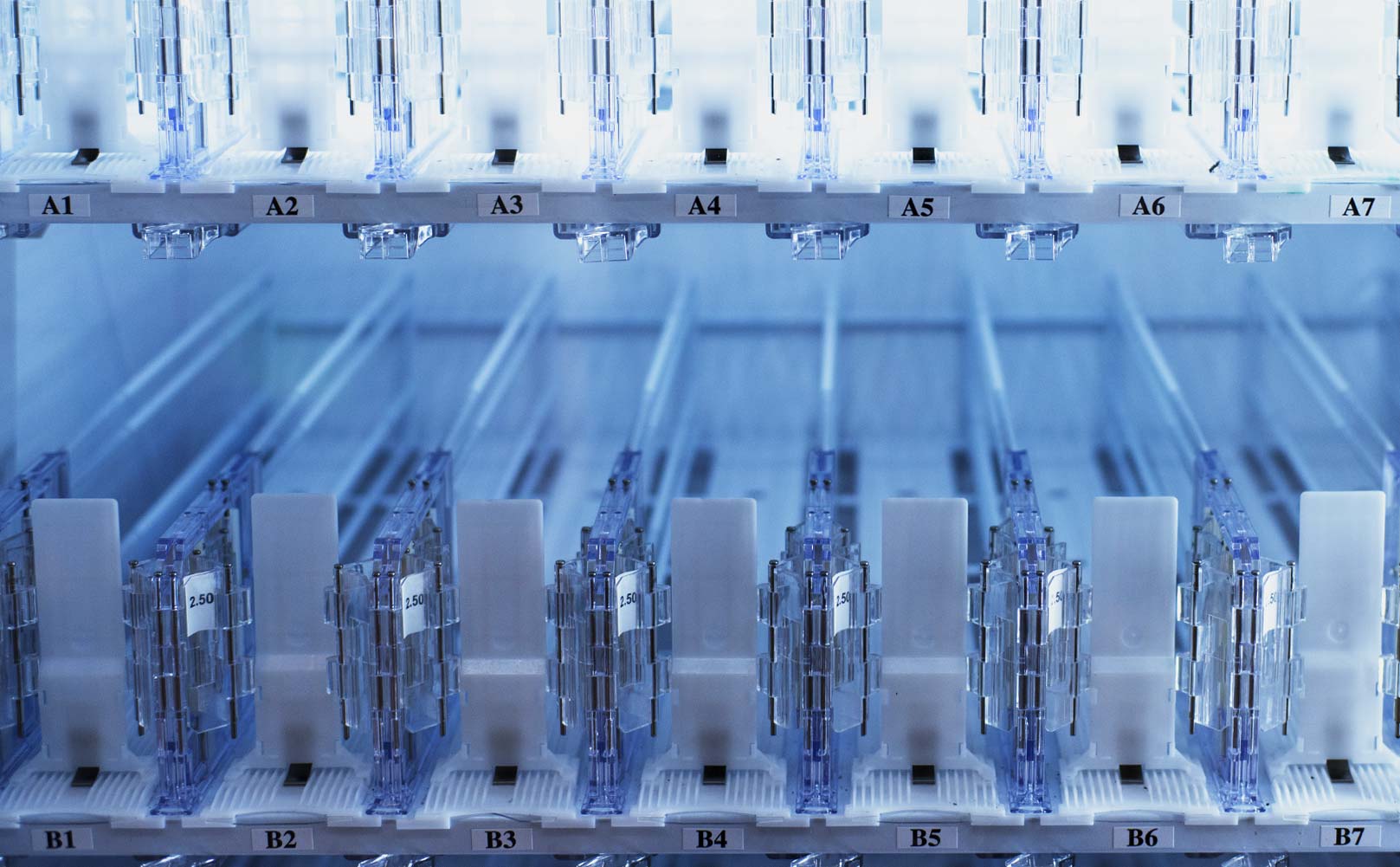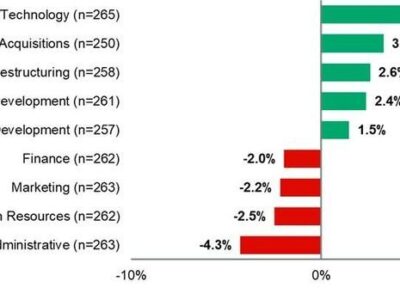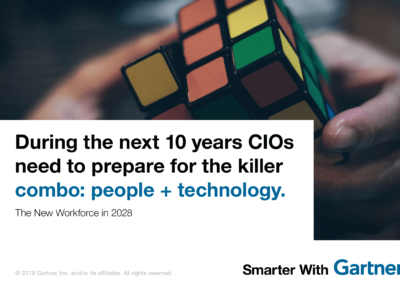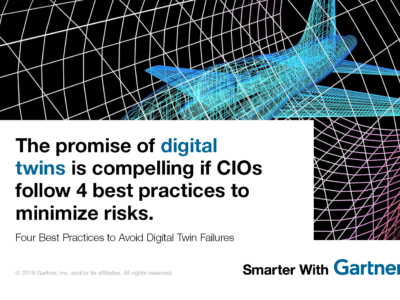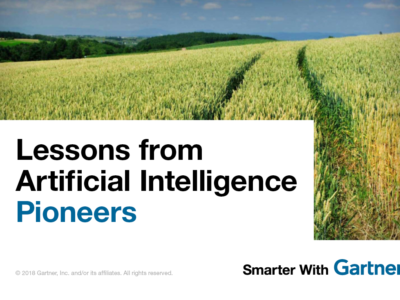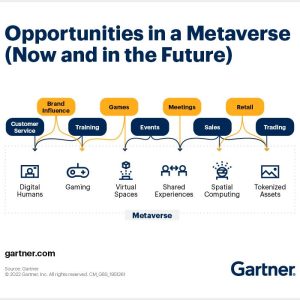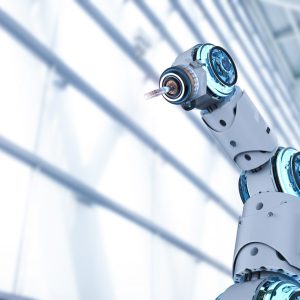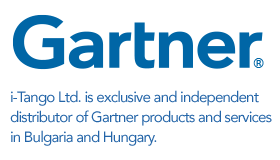Digital business is redefining the customer relationship, and this will fundamentally change the vendor/customer relationship in many industries.
Contributor: Laurence Goasduff
With the emergence of the Internet of Things (IoT), these “things” are evolving through several stages, eventually gaining autonomous purchasing capabilities and being recognized as entities with their own rights and responsibilities.
Today, things are providing information and making recommendations to their owners — “service me soon,” “buy a replacement part,” “you might also want to consider buying this.” Gartner coins this development “things as announcers.”
Gartner predicts that, by 2018, things as customers will drive six billion support requests, requiring businesses to develop new customer support capabilities.
“In the longer term, things could act autonomously, with rights and responsibilities, just as corporate entities do today,” said Don Scheibenreif, vice president and distinguished analyst at Gartner. “Things will become autonomous purchasers. In this situation, things can engage in complex decisions and economic activity without guidance or direction from humans.”
Autonomous purchasers
Things as autonomous purchasers represent a new customer opportunity. For example, a connected vending machine already accepts payments for purchases, but could one day soon have the ability to make its own payments for restocking or repair. This would require banks to determine appropriate payment, line of credit and cash management services for the vending machine. Banks would also need to market these services to the vending machine, validate its identity, and execute a smart contract. Finally, they would need to onboard and manage the vending machine as a small business customer.
Things as autonomous purchasers could improve productivity, increase operational efficiency and enhance security of physical assets and people. However, as things are treated more like people, with the ability to self-sustain, new issues of trust, ethics and legal status will impact customer service, digital commerce, marketing and sales processes.
Gartner predicts that, by 2018, things as customers will drive six billion support requests, requiring businesses to develop new customer support capabilities.
“If things are given the same weight as people, because they truly are as autonomous in their customer behavior as people are, then this increase in support requests means a major shift for the practice of customer service,” said Mr. Scheibenreif.
If this scenario becomes a reality, how will customer relationship management need to change?
Supporting things as people and customers
The first exposure to things as people and customers will be in customer service. CIOs will need to guide their business to develop capabilities to respond to support requests coming directly from things, but also prepare to handle requests at extreme scale in the future. Devices must be accommodated within the existing service channel mix of email, web portals, mobile applications, and more. Devices may also exhibit very different behaviors from human customers, such as real-time communications.
IT will need to help marketers capture and make sense of data from things to create new promotional and pricing structures.
Things as people and customers will also change the practice of marketing. Emotion-heavy marketing communications to humans will need to be supplemented by marketing that focuses on logic and reason when communicating with things.
IT will need to help marketers capture and make sense of data from things to create new promotional and pricing structures. “Human marketers will not be able to keep up with the sheer volume of things as people and customers,” said Mr. Scheibenreif. “This could lead to a new subdiscipline of marketing called ‘thing marketing’.” Thing marketing will be heavily data-driven and will require the assistance of the IT organization, its data scientists, its business analysts and, most likely, some source of ethical input.”
Similar to marketing, the potential volume and velocity of sales enquiries from things will bring smart machines into the sales process, leading to the pursuit of a programmatic approach to sales based on algorithms. We might also witness sales roles morphing into algorithm influencers, where human sellers will be able to sell stuff to things by understanding the algorithms behind the purchasing decisions of things.
Read more articles like this: Sign up for our complimentary newsletter.
Gartner clients can obtain further information in the research note, “Maverick* Research: When Things Become ‘People’.”
Mr. Scheibenreif will further discuss how IoT can transform experiences and drive growth at theGartner Customer Strategies & Technologies Summit 2016, taking place 25-26 May in London. Follow news and updates from the event on Twitter at #GartnerCRM.
For more visit Smarter With Gartner website.

